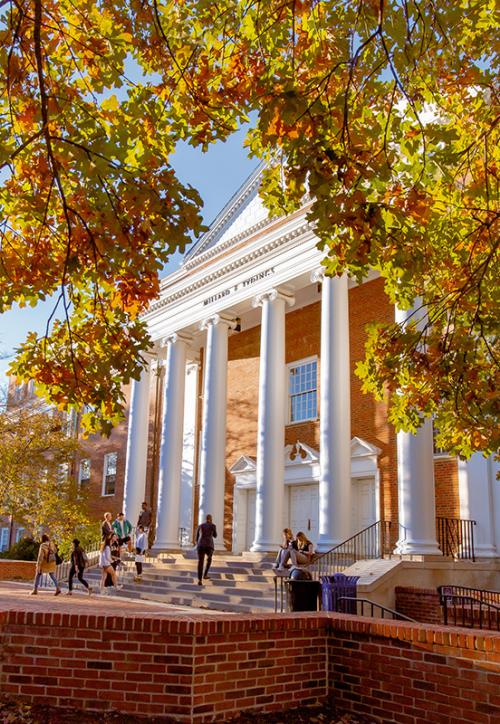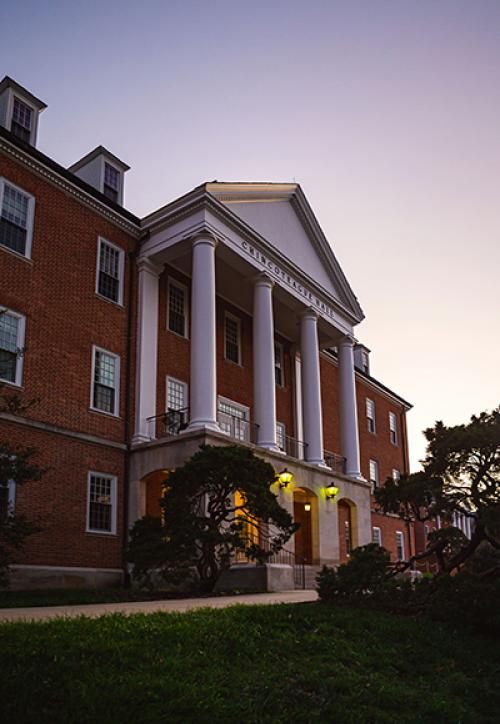NACS Seminar: Dr. Bevil Conway
Color as a tool for understanding how brains/minds work
Color as a tool for understanding how brains/minds work
What is color for and how are color operations implemented in the brain? I will take up this question, drawing upon neurophysiological recordings in macaque monkeys, fMRI in humans and monkeys, psychophysics, and color-naming in a non-industrialized Amazonian culture. My talk will have three parts. First, I will discuss results showing that the neural implementation of color depends on a multi-stage network that gives rise to a uniform representation of color space within a mid-level stage in visual processing. Second, I will describe work suggesting that color is decoded by a series of stages within higher-order cortex, including inferior temporal cortex and prefrontal cortex (PFC). In a surprising twist, these discoveries reveal a general principle for the organization and operation of inferior temporal cortex and provide evidence for a stimulus-driven functional organization of PFC. Finally, I will describe two recent discoveries prompted by our neurobiological research: a new interaction of color and face perception, which provides evidence for the role of color in non-verbal social communication; and a universal pattern in color naming that reflects the color statistics of those parts of the world that we especially care about (objects). These findings support the provocative idea that basic color categories are an emergent property arising from the needs we place on the brain (including object recognition and the assignment of object valence), rather than a constraint determined by color encoding. Taken together, the work showcases the power of color as a model system for understanding brain operations connecting sensation, perception, cognition, emotions, memory, and decision making.
Dr. Bevil Conway is an associate professor of Neuroscience at Wellesley College, principal research scientist at the Department of Brain and Cognitive Sciences, M.I.T., and visiting scientist at Massachusetts General Hospital.
The event is free and open to the public.



